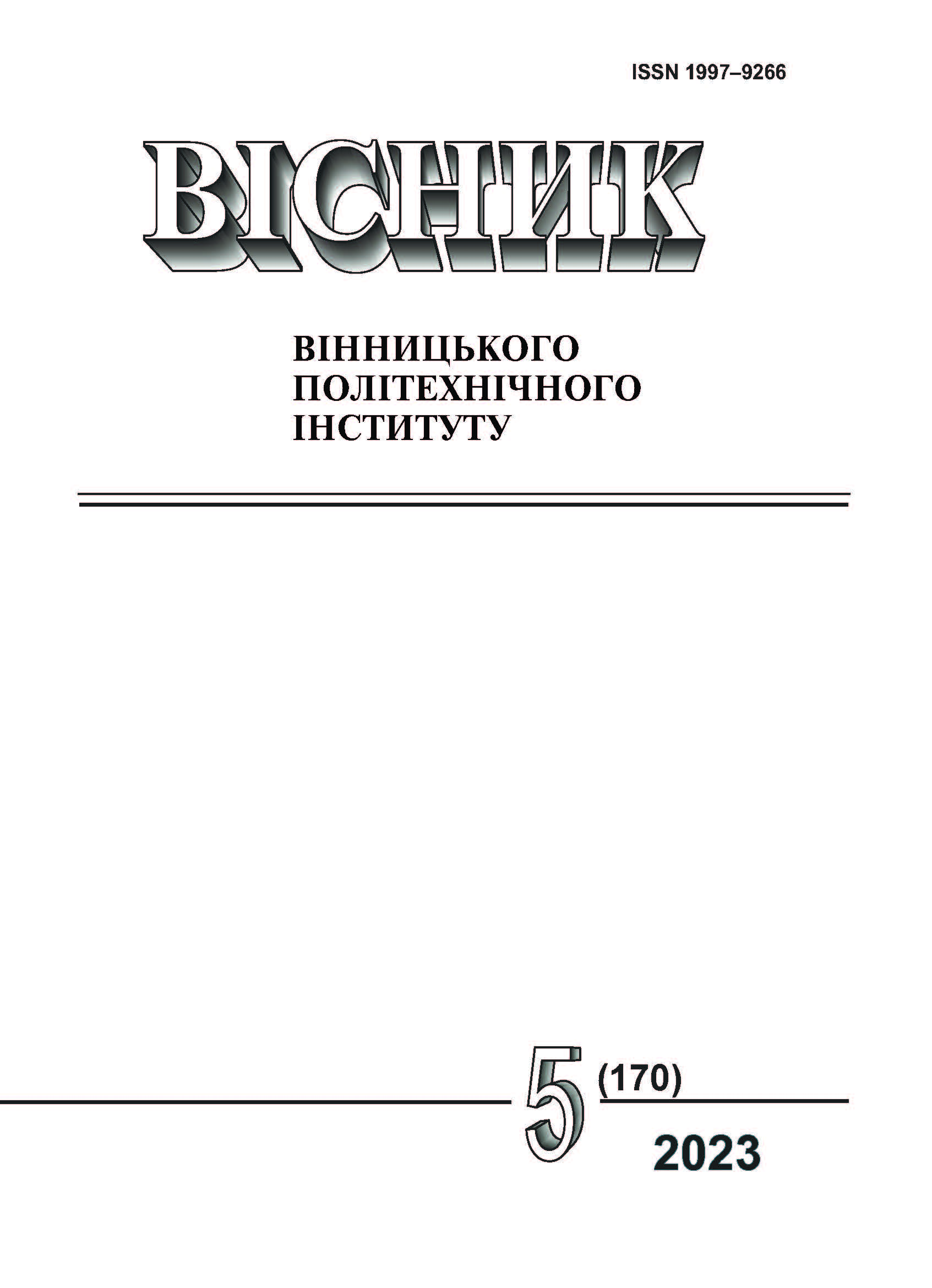Capturing of Electromagnetic Waves by Decorated Micro-Mechanical (Granular) Systems
DOI:
https://doi.org/10.31649/1997-9266-2023-170-5-6-11Keywords:
electro-magnetic waves capturing, layered periodic structure, transfer matrix methodAbstract
In this paper, we propose an approach to the protection against electromagnetic radiation based on the provisions of modern photonics, in which the role of the main element is played by decorated micro-mechanical (granular) materials.
The wave transport in a horizontal chain composed of isolated identical particles — granules under the condition that particles contact each other tightly, without breaks, and also experience oriented precompression, configured along the chain axis, which does not violate the topological order will be studied . The system thus looks like horizontally alternating segments filled with undeformed particles and areas of their mutual overlap (so-called layered-periodic structure).
It is shown that in such a systems with a decrease in the frequency of the corresponding defect, the corresponding components in the spectrum shift to the lower boundary of the band gap. This state does not correspond to the propagating models, and so in our model, which, however, corresponds to a real prototype (decorated granular chain), an electro-magnetic wave is “captured” by a defect, and “arrested” in some scales of its own vicinity.
Understanding the physical properties of granular systems is a necessary element of technologies for manipulating their properties and using them in many industries and sciences. A significant part of the research is aimed at studying the interaction of external fields (sound, electromagnetic) with a granular system. Therefore, theoretical modeling of the interaction of electromagnetic waves, even with a low-dimensional system of discrete centers, is a useful tool on the way to understanding general physical processes and their use in electromagnetic protection problems.
On this way, the problem of the propagation of an electromagnetic wave in a layered periodic structure (LPS), with different physical properties (dielectric permittivity) of the layers will be considered .
References
C. M. Soukoulis, Ed., Photonic band gap materials. Dordrecht: Kluwer Academic Publishers., 1996. https://doi.org/10.1007/978-94-009-1665-4 .
O. I. Gerasymov, Physics of Granular Materials. Odessa, Ukraine: TES, 2015.
O. I. Gerasymov, N. N. Khudyntsev, and O. A. Klymenkov, The latest materials and technologies in the protection of ecological systems. Odessa, Ukraine: OSEU, 2021.
D. K. Cheng, Field and wave Electromagnetics. Massachusetts, US: Addison-Wesley, 1992.
A. Figotin, and V. Gorentsveig, “Localized electromagnetic waves in a layered periodic dielectric medium with defect,” Phys. Rew. B, vol. 58, no. 1, pp. 180-188, July, 1998. https://doi.org/10.1103/PhysRevB.58.180 .
O. I. Gerasymov, and L. M. Sidletska, “Plane wave propagation in an inhomogeneous one-dimensional power chain: the effect of transparency,” Environmental safety and nature management, no. 41, pp. 102-110, 2022. https://doi.org/10.32347/2411-4049.2022.1.102-110 .
A. Suryanto, E. van Groesen, M. Hammer, and H. J. W. M. Hoekstra, “A finite element scheme to study the nonlinear optical response of a finite grating without and with defect,” Optical and Quantum Electronics, vol. 35, pp. 313-332, March, 2003. https://doi.org/10.1023/A:1022901201632 .
A. Suryanto, E. van Groesen, and M. Hammer, “Finite element analysis of optical bistability in one-dimensional nonlinear photonic band gap structures with defect,” Journal of Nonlinear Optical Physics & Materials, vol. 12, no. 2, pp. 187-204. https://doi.org/10.1142/S0218863503001328
Downloads
-
PDF (Українська)
Downloads: 103
Published
How to Cite
Issue
Section
License

This work is licensed under a Creative Commons Attribution 4.0 International License.
Authors who publish with this journal agree to the following terms:
- Authors retain copyright and grant the journal right of first publication.
- Authors are able to enter into separate, additional contractual arrangements for the non-exclusive distribution of the journal's published version of the work (e.g., post it to an institutional repository or publish it in a book), with an acknowledgment of its initial publication in this journal.
- Authors are permitted and encouraged to post their work online (e.g., in institutional repositories or on their website) prior to and during the submission process, as it can lead to productive exchanges, as well as earlier and greater citation of published work (See The Effect of Open Access).





